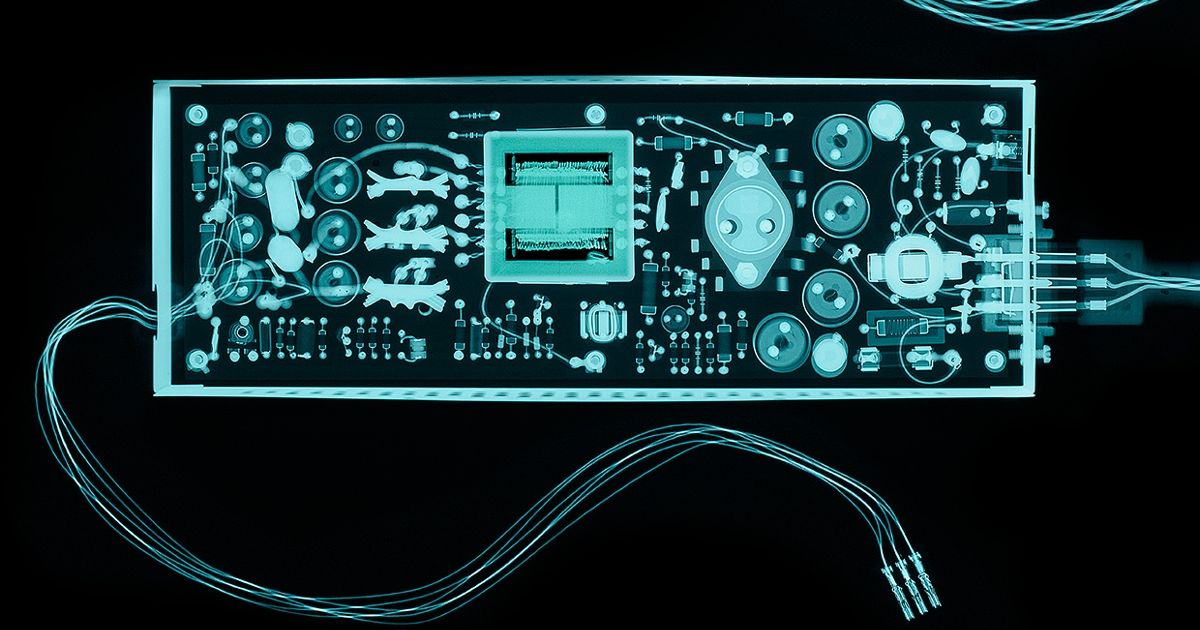A Half Century Ago, Better Transistors and Switching Regulators Revolutionized the Design of Computer Power Supplies

Computer power supplies don’t get much respect. As a tech enthusiast, you probably know what microprocessor is in your computer and how much physical memory it has, but odds are you know nothing about the power supply. Don’t feel bad—even for manufacturers, designing the power supply is an afterthought.
That’s a shame, because it took considerable effort to create the power supplies found in personal computers, which represent a huge improvement from the circuits that powered other kinds of consumer electronics up until about the late 1970s. This breakthrough resulted from huge strides made in semiconductor technology a half century ago, specifically improvements in switching transistors and innovations in ICs. And yet, it’s a revolution that goes completely unrecognized by the general public and even by many people familiar with the history of microcomputers.
Power supplies are not without ardent champions, however, including one that might surprise you: Steve Jobs. According to his authorized biographer, Walter Isaacson, Jobs had strong feelings about the power supply of the pioneering Apple II personal computer and its designer, Rod Holt. Jobs’s claim, as reported by Isaacson, goes like this: Jobs’s claim is a big one, and it didn’t sit right with me, so I did some investigating.
I discovered that, although switching power supplies were revolutionary, the revolution took place between the late 1960s and the mid-1970s as switching power supplies took over from simple but inefficient linear power supplies. The Apple II, introduced in 1977, benefitted from this revolution but didn’t instigate it.
Source: ieee.org